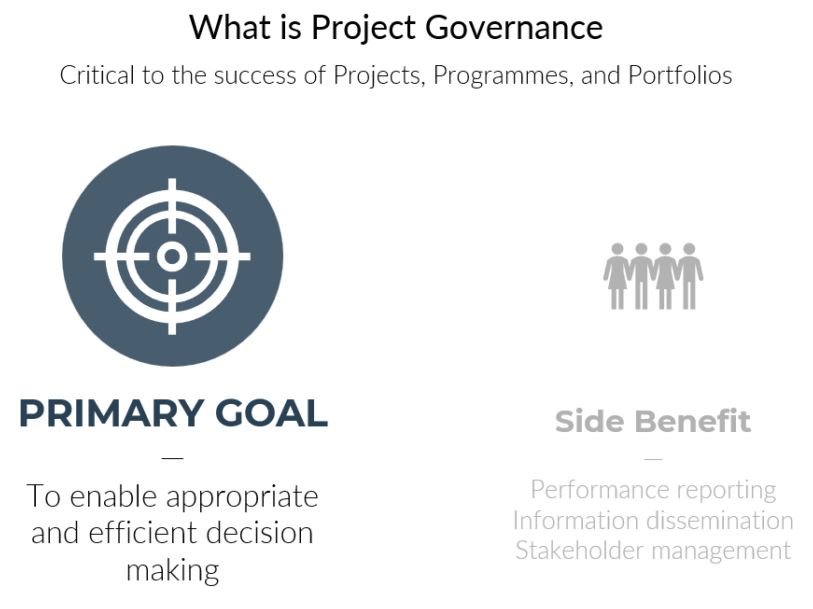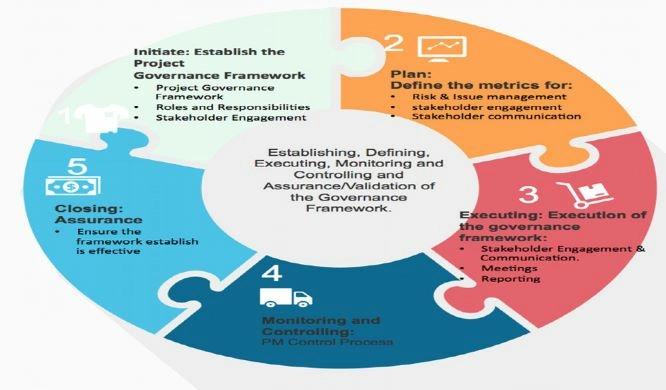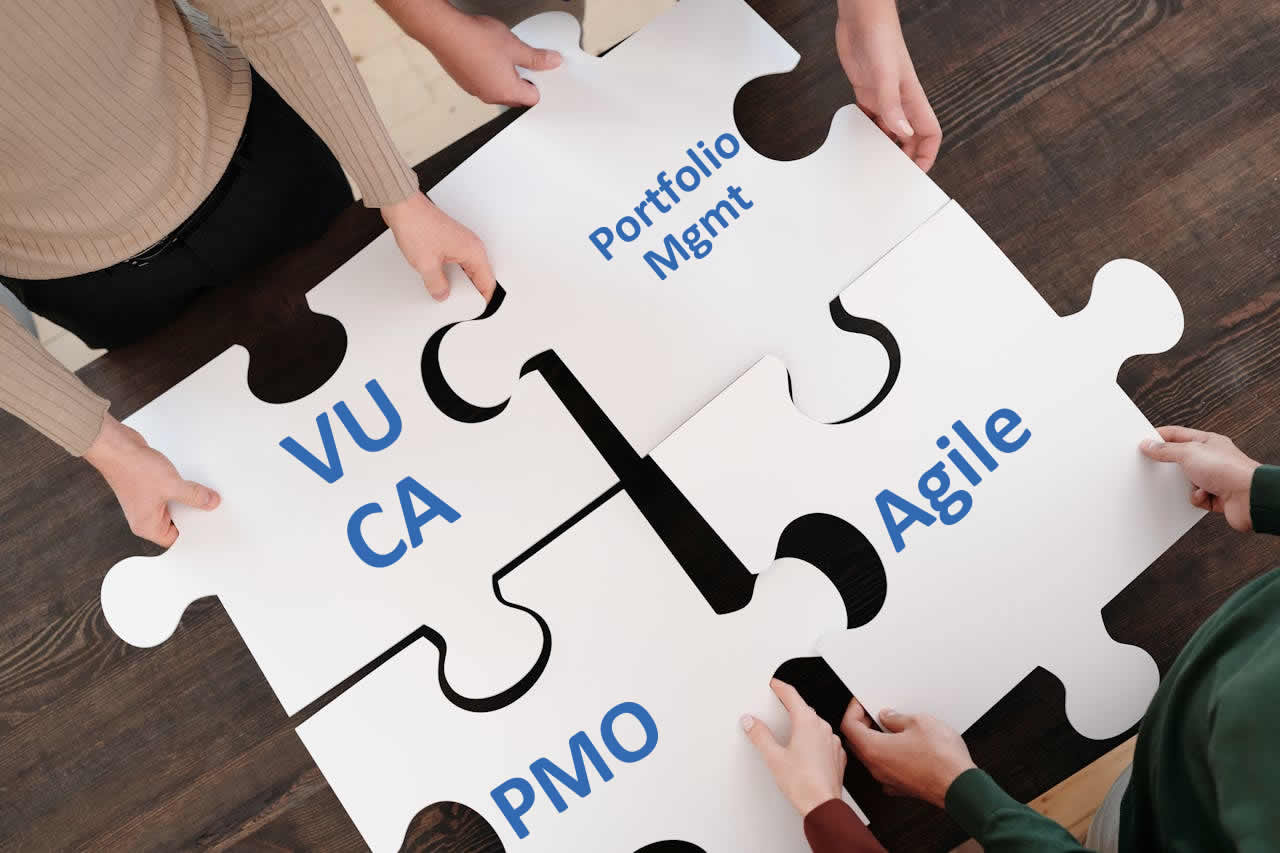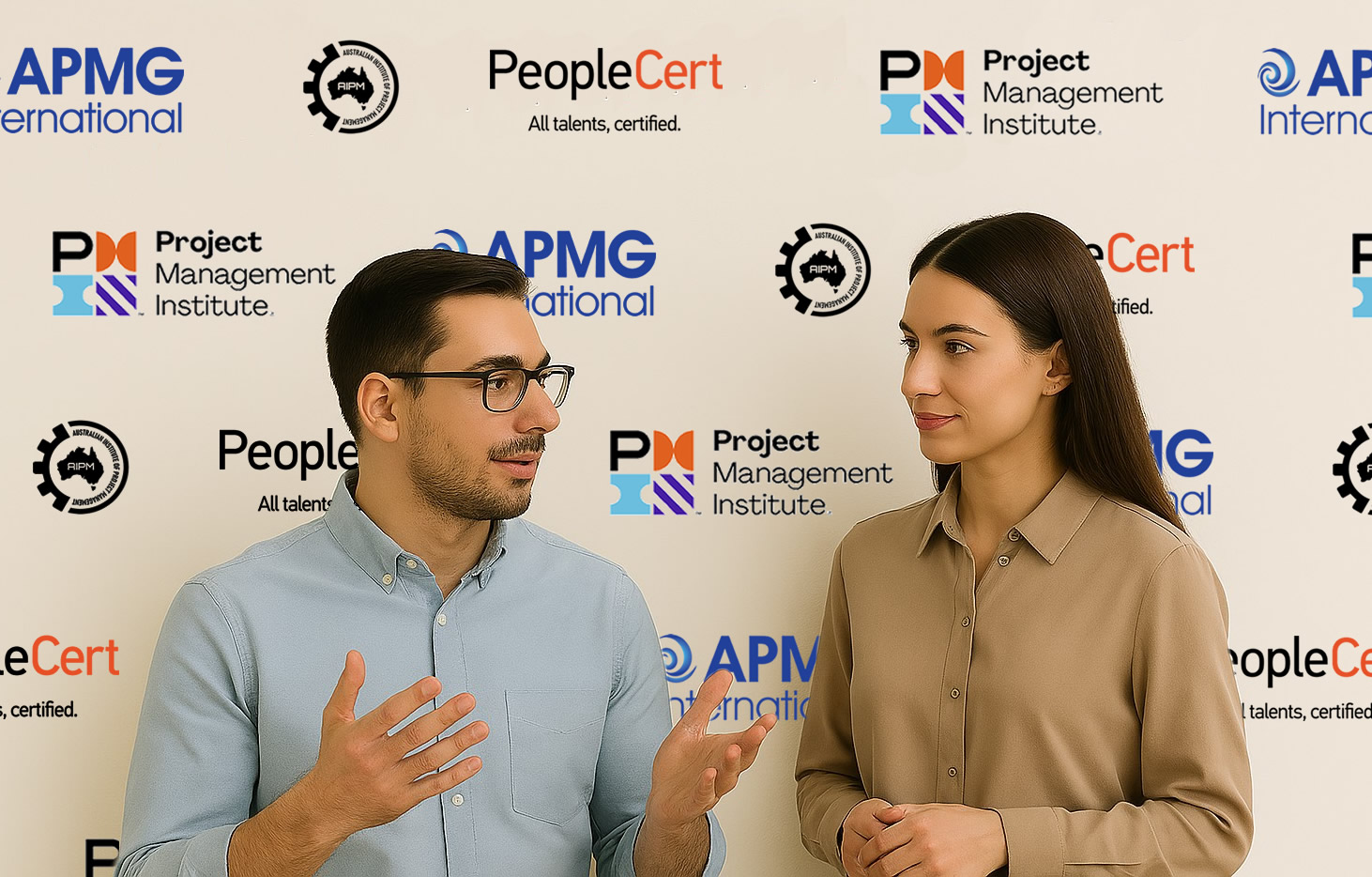Ineffective ‘Project Governance’ is cited as one of the main reasons for project failure. Here are some insights into how to gain effective project governance.

What Is Project Governance?
According to A Guide to the Project Management Body of Knowledge (PMBOK® Guide), Project governance is an “oversight function that is aligned with the organization’s governance model and encompasses the project life cycle.”
There are two critical elements in this statement that need to be emphasized to ensure effective project Governance:
Alignment with organization’s governance
Firstly there needs to be an understanding of the project’s environment because this ensures that there is a right fit with the established organization’s governance. This alignment is a crucial factor and must be considered when defining:
- the project governance framework
- roles and responsibilities
- stakeholder engagement and communication
These prerequisites need to be met at the onset of the project kick-off.
Longevity, monitoring, and controlling of the governance plan
These three components come to fruition during the life cycle of your project. The project/programme manager needs to make sure the governance plan is implemented throughout the project. They must also monitor and control the effectiveness of the governance plan. When monitoring and controlling the project governance framework, the project manager needs to ensure that there are adequate:
- meetings (including details of frequency, Quorum required, Standing Agenda)
- reporting (status reports received)
- risk and issue management
- assurance
- project management control processes
For Project Governance To Be Truly Effective, The Following Principles Are Necessary:
Involve senior managers. Senior managers are the decision-makers, and such initiatives should encourage their input and buy-in.
Prioritize governance goals. Reduce complexity, confusion, and conflict by selecting the most appropriate goals.
Assign ownership and accountability for project governance. It’s more than an individual. A select group of experienced resources should be assigned to deliver, monitor, and control any governance initiative. Because of this it is recommended that the company’s board of directors own the governance process.
Design governance at the portfolio, program, and project levels. Consistency and synergy lead to adoption and successful implementation.
Provide transparency. Visibility is vital because it builds confidence and understanding of the process.
Learn, then adopt any redesign. Governance is an evolutionary process meaning we should learn from mistakes and new or improved knowledge.
Educate and be educated. It is important to review and analyse new and improved governance mechanisms as well as debate their appropriateness.
Cyclical Project Governance Framework

We Can Guide You In Project Governance Through Millpond’s Project Governance Training Course.
We will talk about what it is and what it isn’t. The key questions covered:
- How does Project Governance fit into the Project environment?
- What are the key roles?
- What should they focus on?
- What is the role of the Steering Board?
- How should a Steering Board operate?
Using real examples and lessons mean that attendees will walk away from this course with an awareness of why Governance is critical to project success.
Contact us for in-house course delivery.
Those who should attend project governance training:
Senior Stakeholders
Project, Programme, and Portfolio Managers
Consultants, Technical Specialists, and Project Team Members interested in Project Governance

Not quite what you’re looking for?
Other blogs
of interest






